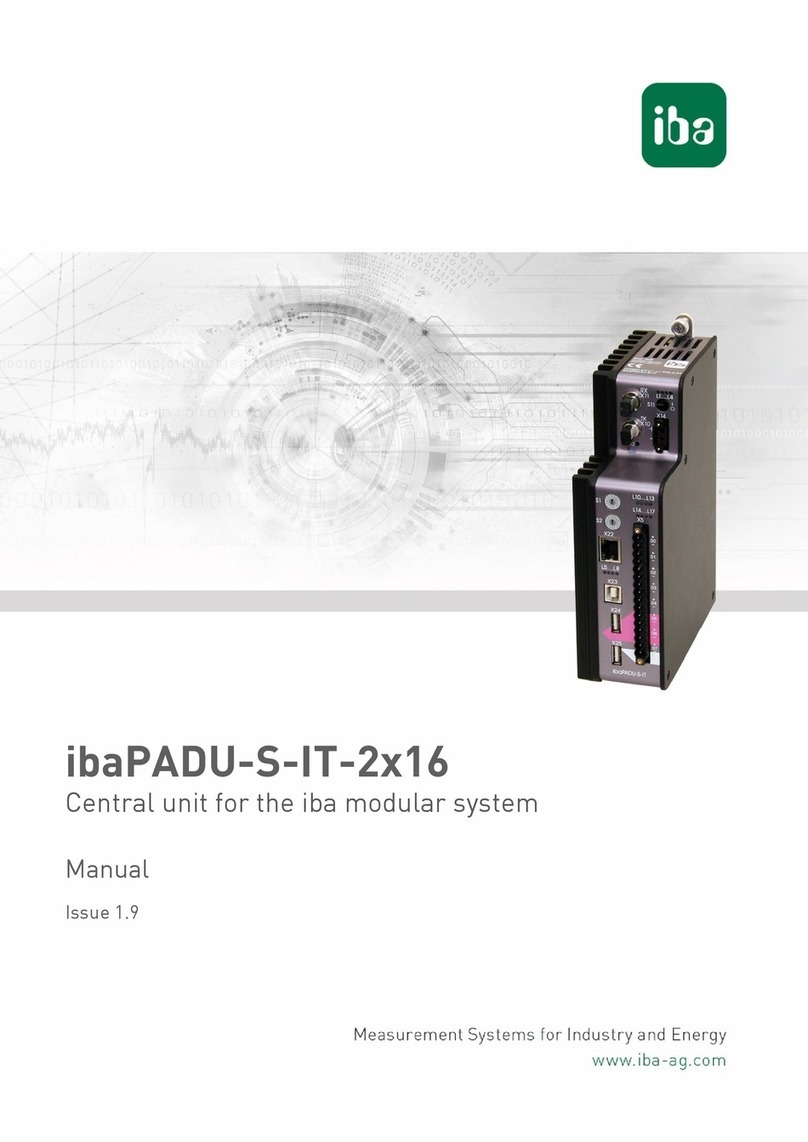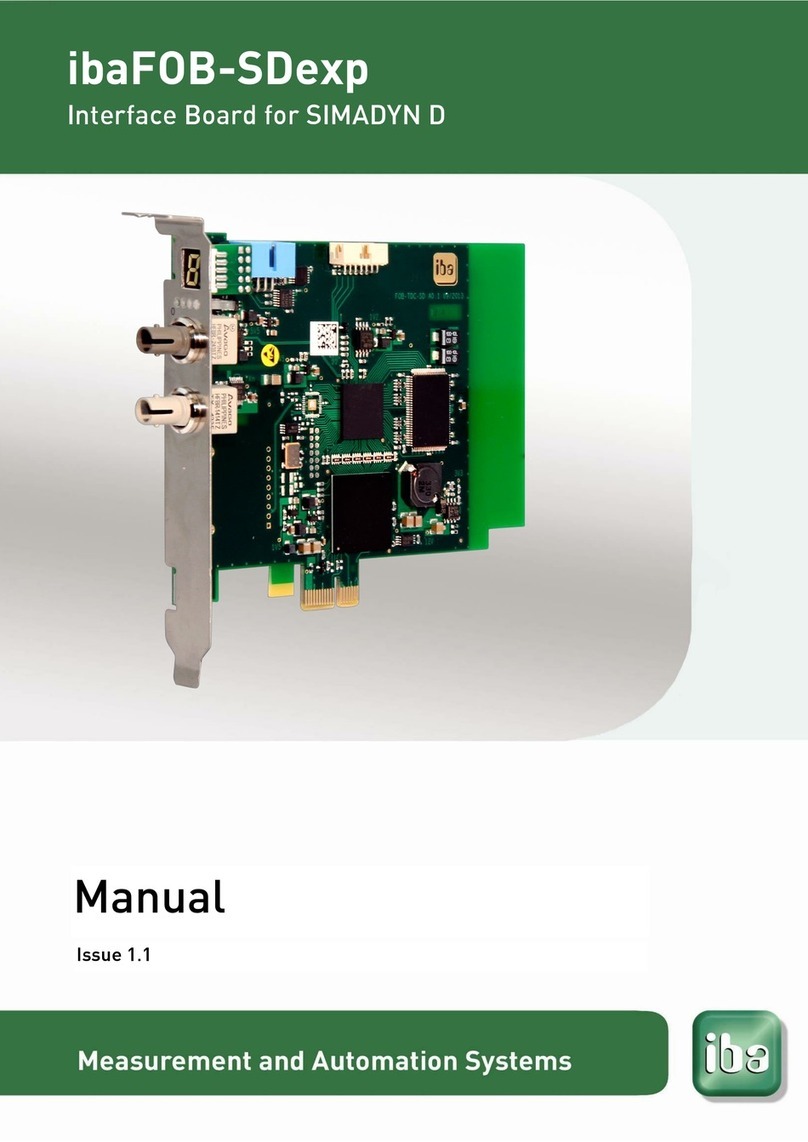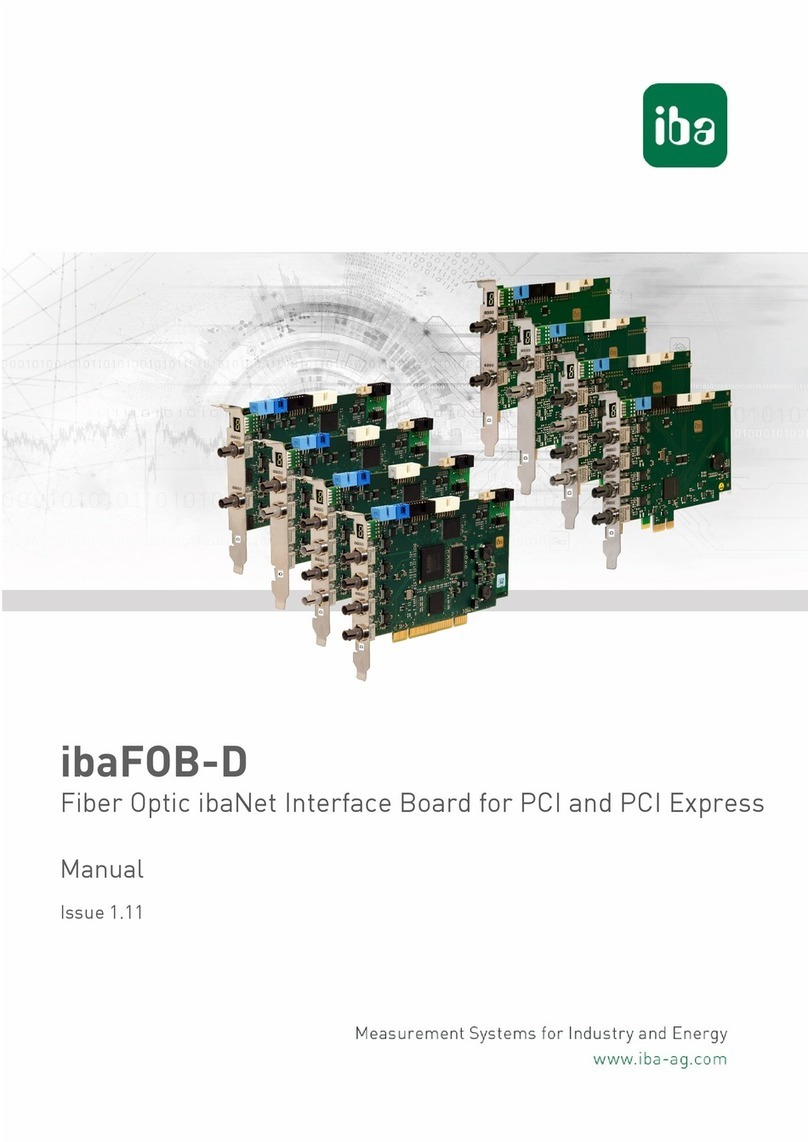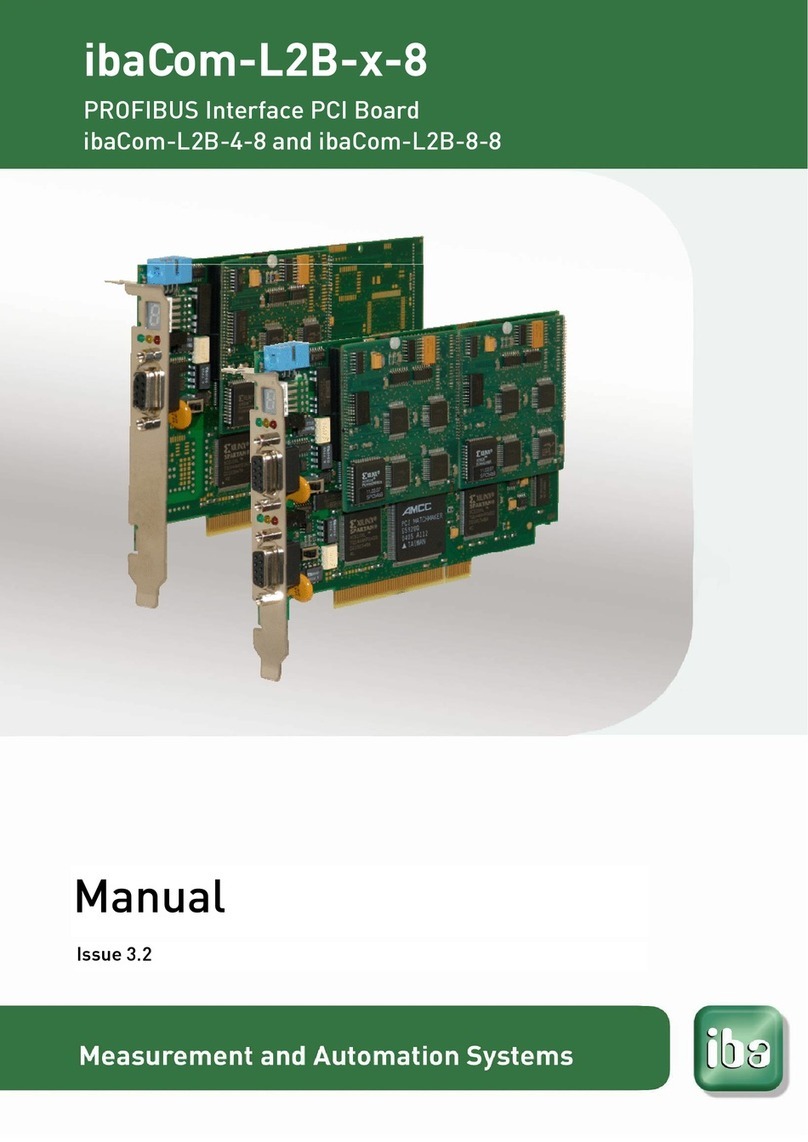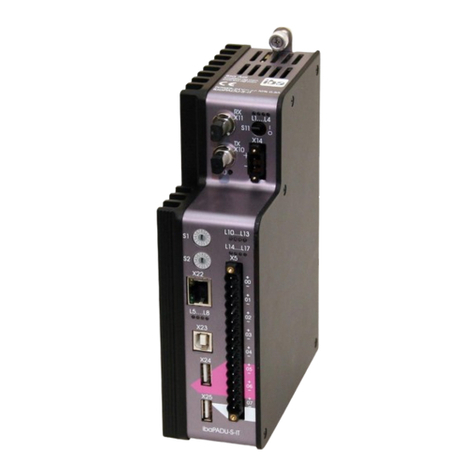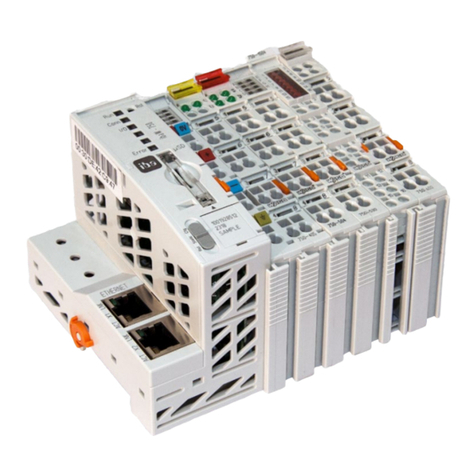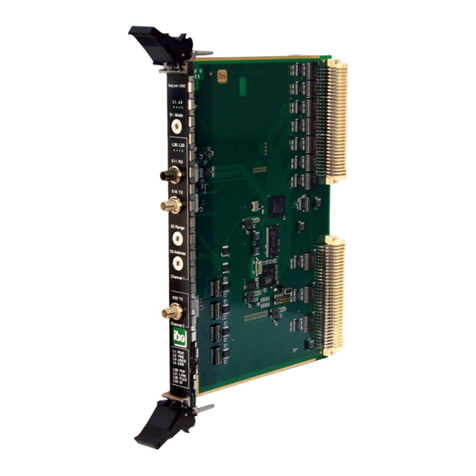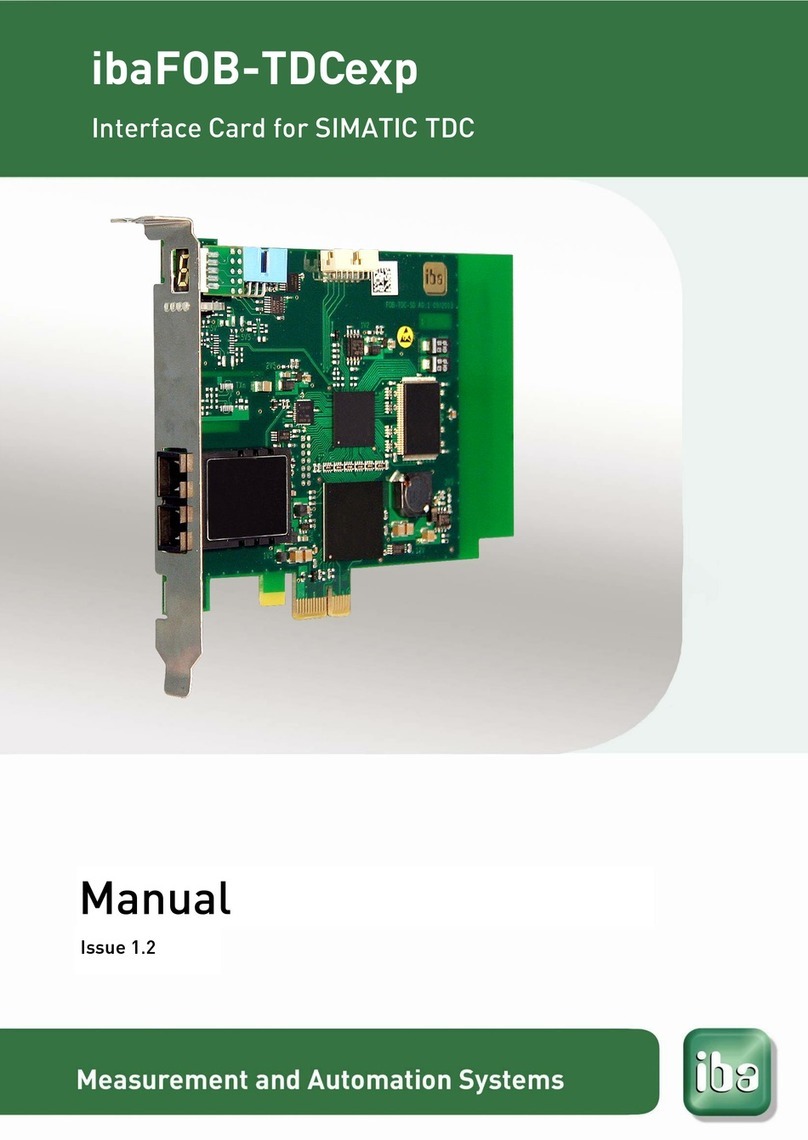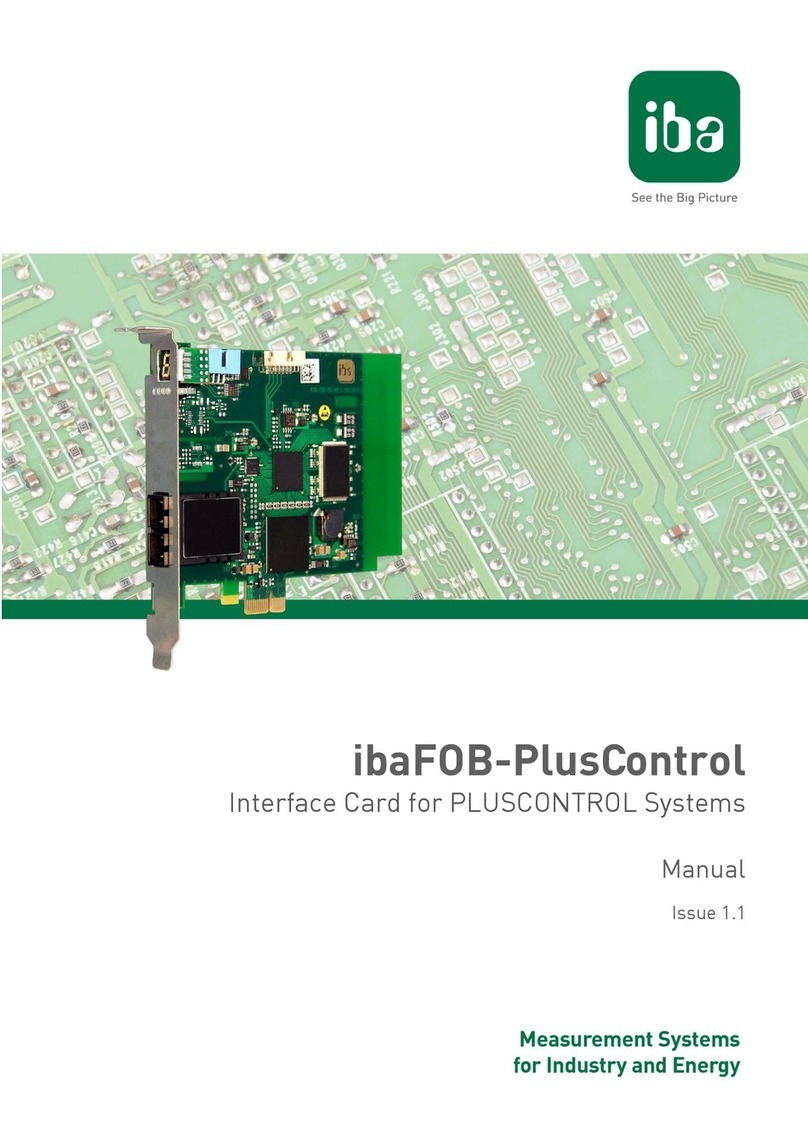
ibaFOB-SD Manual
Issue 1.3 3
Table of Contents
1About this manual.............................................................................................5
1.1 Target group...................................................................................................... 5
1.2 Notations........................................................................................................... 5
1.3 Symbols used ................................................................................................... 6
2PC measurement system requirements..........................................................7
2.1 Hardware .......................................................................................................... 7
2.2 Software ............................................................................................................ 7
3Safety information.............................................................................................7
4Scope of delivery ..............................................................................................8
5Introduction .......................................................................................................9
5.1 Application ........................................................................................................ 9
5.2 Characteristics .................................................................................................. 9
5.3 Operational modes............................................................................................ 9
5.4 Remarks concerning SIMADYN-D .................................................................. 10
5.5 Remarks concerning CP53M0 ........................................................................ 10
5.6 Remarks on the measurement principle ......................................................... 12
5.7 Front view ....................................................................................................... 13
5.8 Plug and socket connections .......................................................................... 13
5.9 Indicators ........................................................................................................ 14
5.9.1 Device LEDs ................................................................................................... 14
5.9.2 7-Segment display .......................................................................................... 14
5.9.3 Fiber optic interface ........................................................................................ 14
6Mounting and dismounting ............................................................................15
6.1 Safety information ........................................................................................... 15
6.2 Mounting ......................................................................................................... 15
6.3 Dismounting .................................................................................................... 16
7Software configuration in ibaPDA-V6............................................................17
8Diagnosis in ibaPDA-V6 .................................................................................18
8.1 General card diagnosis ................................................................................... 18
8.1.1 Tab Link info .................................................................................................... 18
8.1.2 Tab Processor Info .......................................................................................... 19
8.1.3 Tab Report control........................................................................................... 19
8.1.4 Tab Command/Acknowledge .......................................................................... 20
8.1.5 Tab Data control.............................................................................................. 20
8.1.6 Tab Configuration............................................................................................ 21
8.1.7 Tab Channels .................................................................................................. 21
